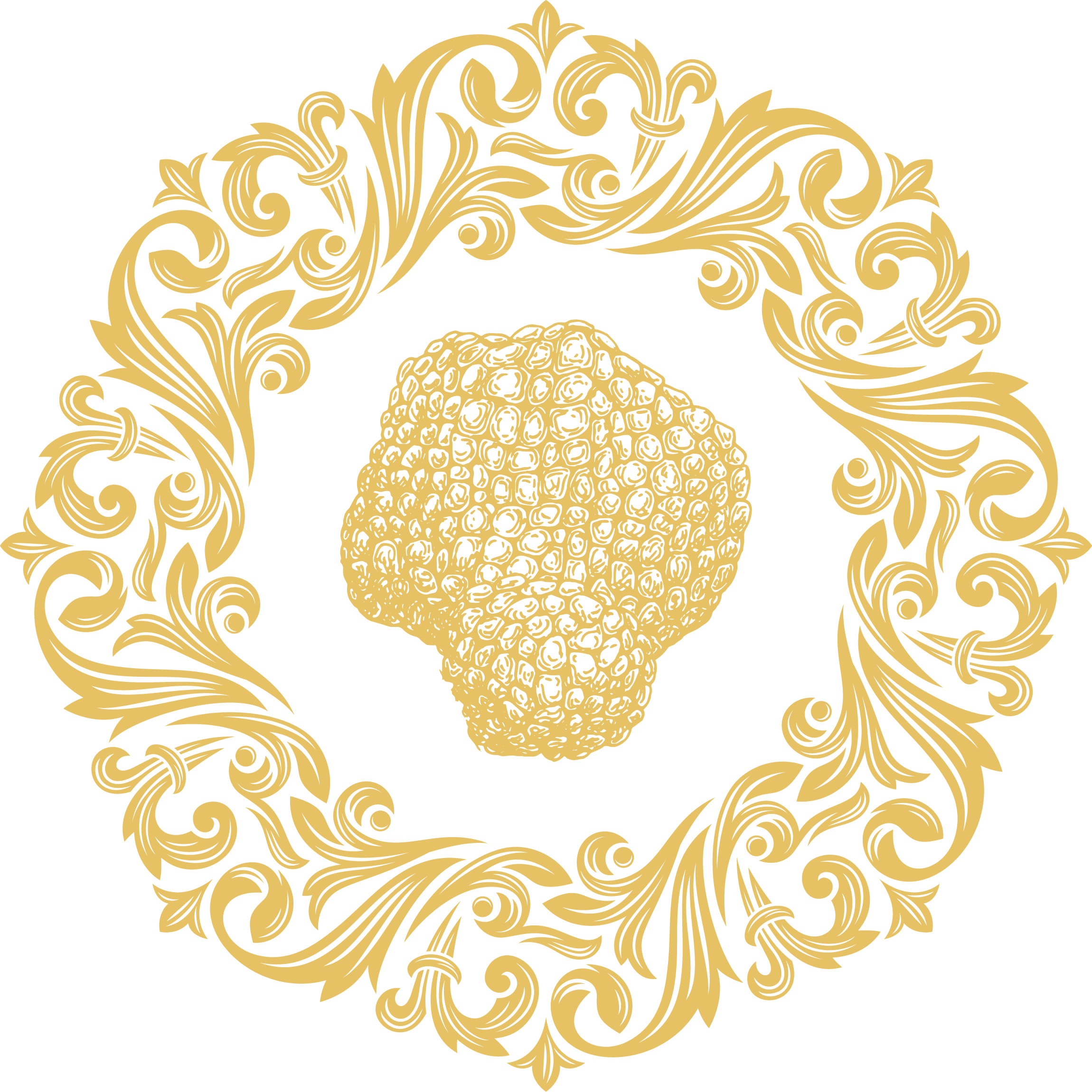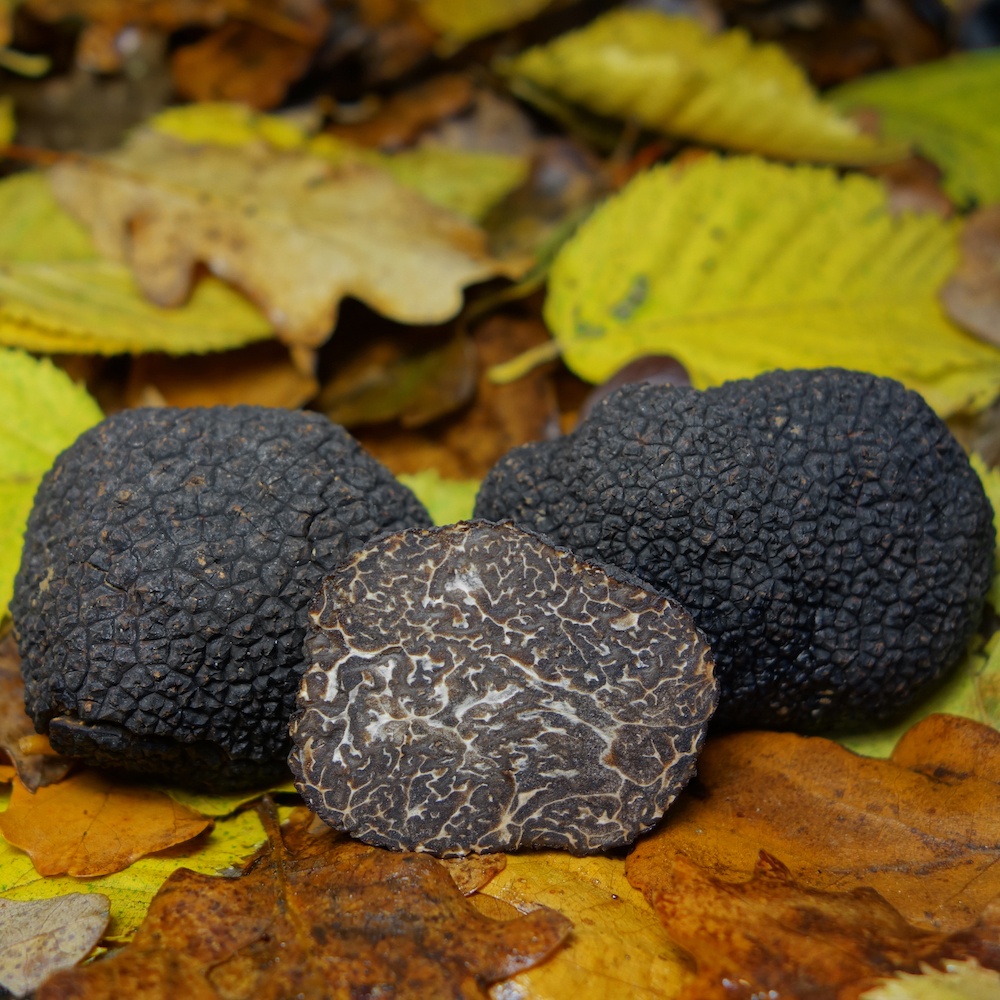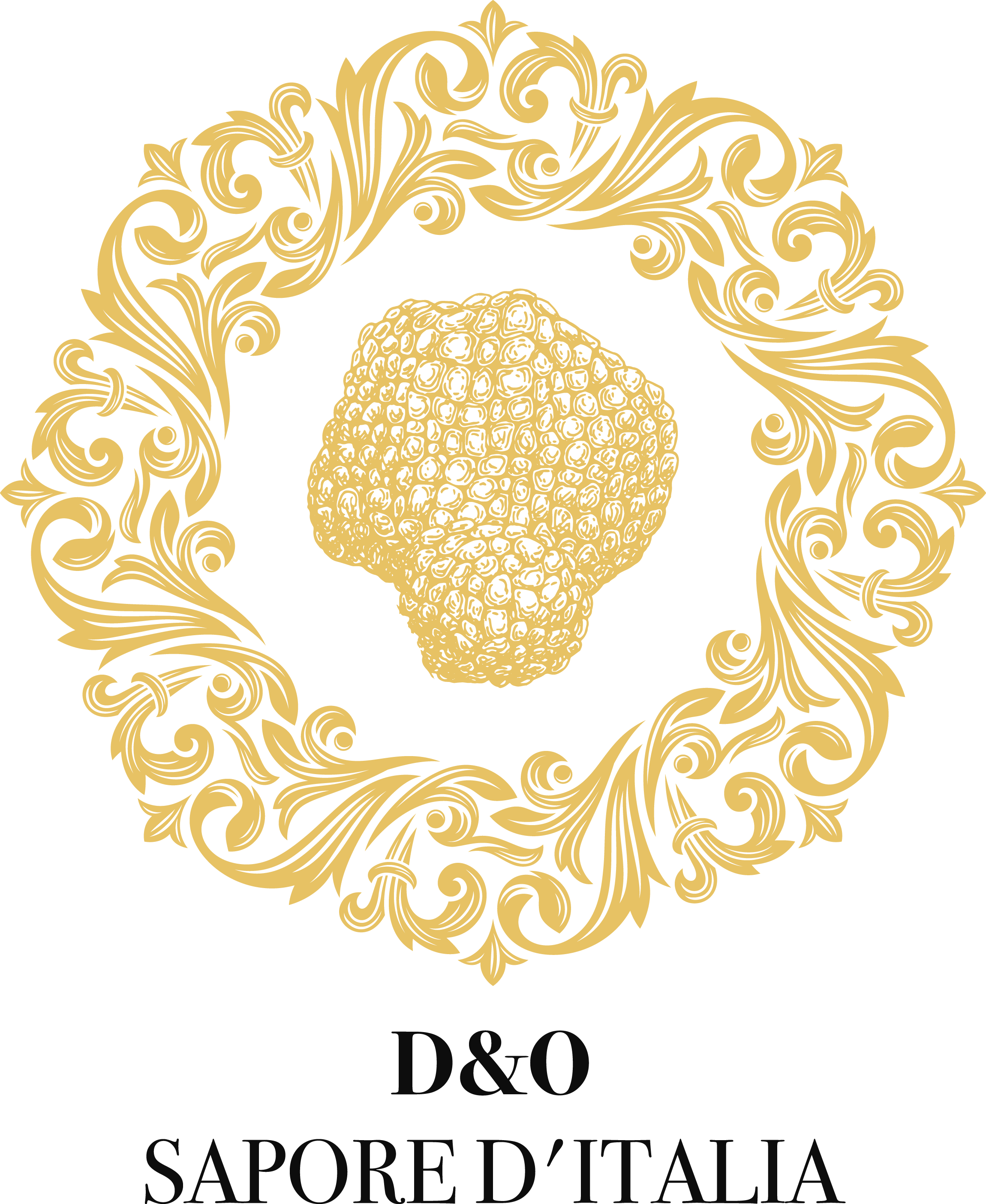The truffle has been known since ancient times: due to the fact of being born and growing underground it has always been considered mysterious and many legends have been born about it.
The term “truffle” derives from the Latin terrae tufer, an excrescence of the earth where tufer would be used instead of tuber: its ancient presence among the Mediterranean peoples is certain, and the first news appears in the work “Naturalis Historia” by the Latin scholar Pliny the Elder (79 AD) which shows that the tuber was highly appreciated on the table of the Romans who most likely had known it from the Etruscans.
It appears that the Babylonians already knew it in 3000 BC. and we have evidence of its presence also in the diet of the Sumerians and at the time of the patriarch Jacob, around 1700 BC: from Mesopotamia its fame also extended to Greece, and it was precisely here that in the first century AD. the philosopher Plutarch of Chaeronea formulated the imaginative hypothesis according to which truffles would have been generated by the combination of water, fire and lightning thrown by Zeus near an oak tree, a tree sacred to him, and this was then taken up also by the poet Juvenal: moreover , given that Zeus / Jupiter was also famous for his amatory activity, aphrodisiac properties were attributed to the truffle, so much so that the Greek doctor Galen wrote that the truffle was very nourishing and that it could “dispose of voluptuousness”.
In Roman times the truffle was highly appreciated for its taste and had a high price precisely because of its rarity, due to its difficult availability: the first recipes of dishes based on truffles can be found in “De re coquinaria”, a work by Marco Gavio known as Apicius who was a famous gastronome who lived at the time of the emperor Tiberius.
During the Middle Ages the truffle was referred to as the devil’s food and banned from any diet: it was believed that it was poisonous, and this depended on the fact that it could grow in land where there were vipers’ nests, rusty iron tools or even corpses or carcasses. : it was in the Renaissance that the truffle was not only rediscovered, but that it even became a great protagonist of aristocratic canteens, just think that in 1500 Caterina de Medici brought the white truffle that grew in the Medici Castle of Cafaggiolo in Barberino di Mugello to the court of France (FI).
In 1700, once the custom of seasoning foods with considerable quantities of spices was abandoned, the practice of using truffles to give flavor to dishes spread: its use thus spread in the various European courts, especially in France where a predilection for the Precious Black – Melanosporum Vitt. and in Italy where the consumption of the White Truffle – Magnatum Pico was established.
The fame of the truffle continues to this day: in fact it is considered one of the most valuable foods of all, a favorite of haute cuisine professionals.


